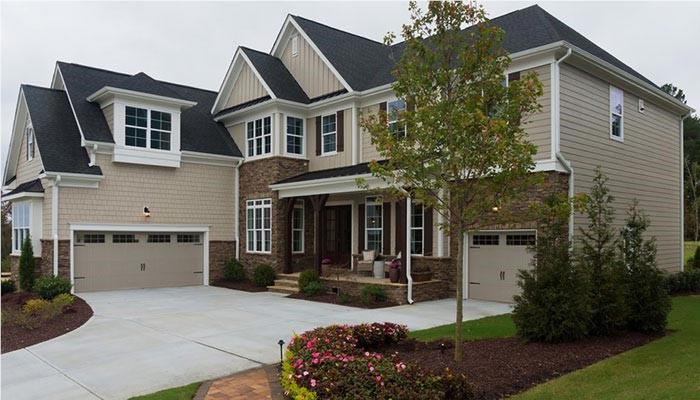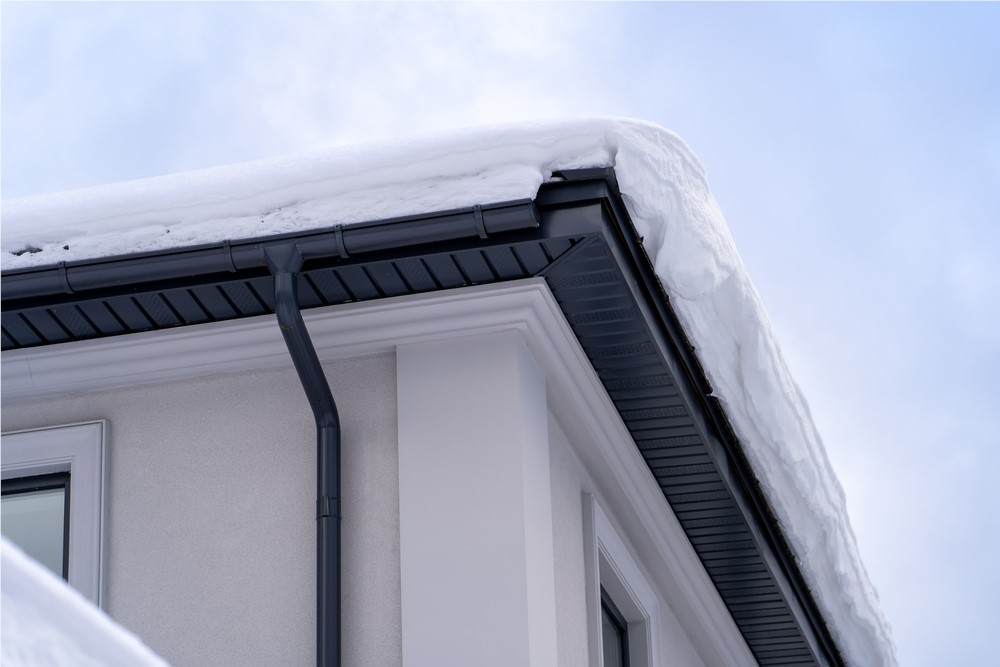Can Low E Windows Melt Your Neighbor’s Siding?
If you’ve never heard of this, you may find it impossible to believe: Glare from energy-efficient windows melting the vinyl siding of houses across from them, as well as plastic bumpers on cars. But it’s actually happening.Energy-efficient windows use low-emissivity glass which, when combined with the typical concave distortion that often occurs in window glass, results in a greatly magnified reflected ray of light—similar to focusing the sun's rays through a magnifying glass onto a piece of paper. The beam of light reflected by Low-E windows is literally scorching hot, as much as 200-degrees Fahrenheit.
If you’re thinking “200-degrees? That's hot enough to start a fire,” you’d be right. And according to the Consumer Product Safety Commission, that’s just what happened when sunroom roofs made with Low-E glass started fires on the cedar shingles of four homes! In most cases, though, the damage has been melted vinyl siding on neighbor's homes.
Instances like this mostly happen when houses are in close proximity—20 feet or less. The situation is so bad that many vinyl siding manufacturers have revised their warranties to disavow any responsibility for melted, warped or burned siding caused by sunlight reflecting off their neighbors’ Low-E windows.
We love Low-E windows for the energy savings they provide, but we sure don’t want to see anyone’s siding destroyed by them—especially if it’s siding we installed. Until the insurance companies and manufacturers get this sorted out, there are a few things you can do to ensure your windows don’t melt your neighbor’s siding…and vice versa:
- Install solar diffusion screens over the window to diffuse the sun’s rays as they’re reflected off the glass. There are screens which can be cut to fit any window shape and mounted over the glass with a simple hook and loop style attachments for easy removal when it’s time to clean the glass.
- Install awnings over the windows to keep the sun’s rays from reaching the glass. (Effective, but it does limit the light entering the house.)
- Plant trees or vines on a trellis to block the reflected beams.
Obviously, most of these solutions involve some neighborly cooperation, which may not always pan out. For our part, when we provide an estimate for replacement windows or siding, we always look at the environment and try to anticipate any future problems with reflected light damaging a neighbor's house. If it looks like the new Low-E windows you want could wreak havoc next door, we’ll let you know and suggest some ways to circumvent this…even if it means putting regular glass in one or two south-facing windows.
Subscribe to Abby Windows & Exteriors's Blog





Comments